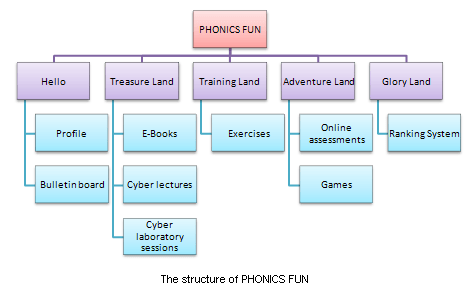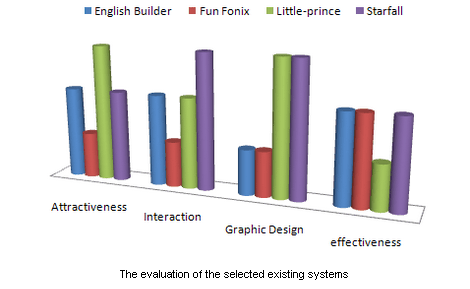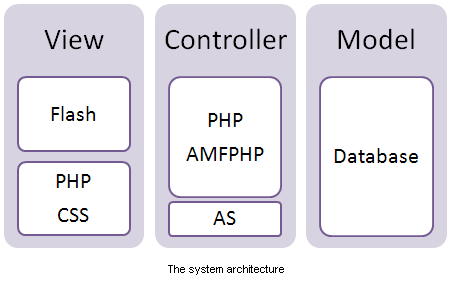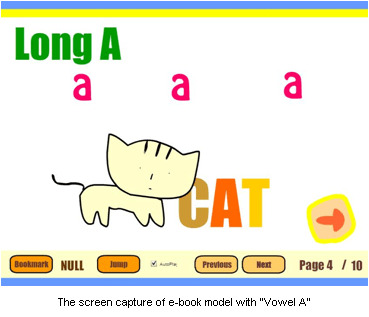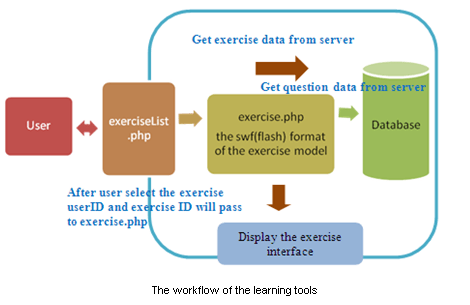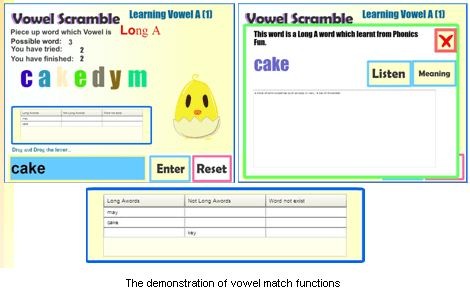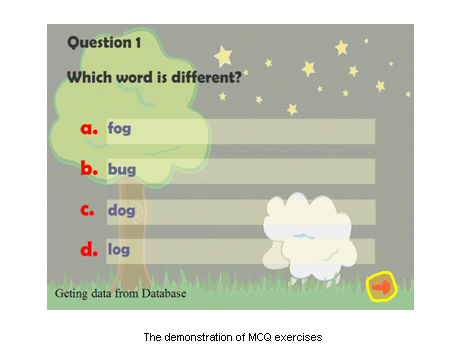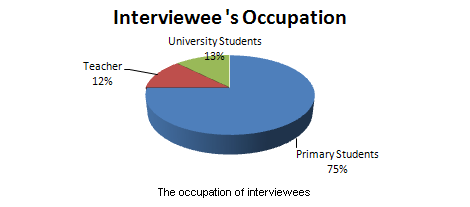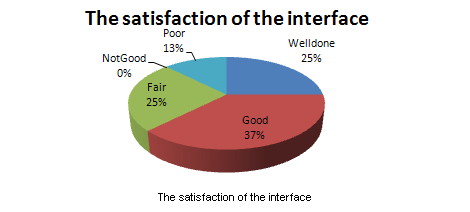“PHONICS FUN” contains multimedia, set of materials, practical exercises, assessments and lists of achievement to help encourage and enhance user's self-learning. As proved by comparisons with different kinds of phonics and other related systems, it is understandable that a popular system is one which has rich materials, colourful image and animation, a great diversity of exercises and assessments of progressiveness and final product. To surmount the currently variable Phonic learning system, not only the functions mentioned above have been developed, more advance function such as the game of Roulette Match has also been built. In that sense, Phonics Fun has achieved the above requirements.
The merits of this project has been summarised in the following:
Minimize data size
Most of the components of PHONICS FUN are made by Flash, but most of the data such as sound files are not statically imported into the file. When the sound object is called, the system will only pass the sound file to the client side.
Reusable
Most of the components are built in models; teacher can easily enter a set of data to reuse the function. For example, in Vowel Scramble, as far as teachers prepare exercise title, vowel name, letters, and possible answers, the system will automatically reuse the base model to prepare for new exercises.
Updatable
An exercise management platform has been developed to add and update information and details.
After collecting users' opinion, the following describes some items which can be extended if possible in the future.
Advanced model in exercise and assessment
The model now has been set into specific format. The diversification of them is not rich enough. In advanced model, For example, teachers can choose either head, last or the middle set of letter to be filled in by students.
Sound Recognition
Developing sound recognition can help to provide more and more interactive learning tools. For example, student can follow a word to pronounce, the system will check which vowel or which part is not spoken correctly. Either score or percentage of the accuracy can be given to students.
Rich “PHONICS FUN” materials
According to the evaluation of users, they expected that the materials of PHONICS FUN to be richer. For example, if each e-book has their own main theme exercise, it makes the e-book seems more appealing.
Copyright Wu Hiu Man and Vanessa Ng 2011






